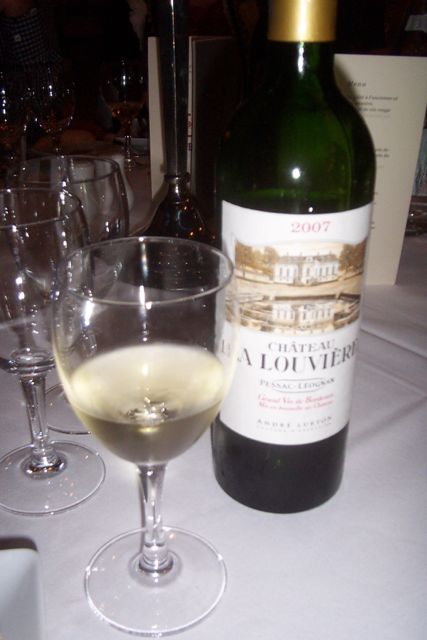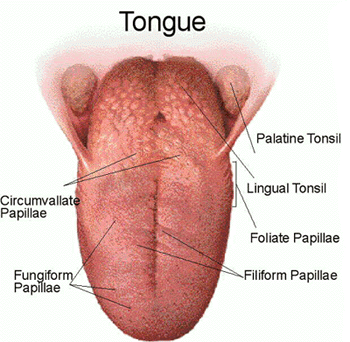Put your five senses to work
to make you a better taster
My job for years has been to train people to taste wine. I taught them how to use their five senses in order to analyze their perceptions when tasting wine. That's what sensory scientists do!
These trainees (or panelists in our jargon) did not have exceptional sensory skills, they mostly had an interest in wine and the desire to learn how to perceive better all the flavors that create the complexity of an enjoyable wine. Let me share this experience with you.
Our five senses help deliver a holistic wine experience
Wine is made of 70% to 90% of water, 10 to 20% of alcohol, and the rest is made of various nutrients and compounds imparting color, aroma, taste and body.
The main senses involved in wine tasting are vision, olfaction, gustation and perceptions through the trigeminal nerve that conveys sensations of heat/cold and pain.
What about audition? This sense is quite important in the experience of drinking wine, not so much its analytical tasting. The sound of a popping cork or the fizz of a sparkling wine are always pleasing to the ear.
How do senses work?
This is basically a chain reaction:
1- A sensation is created by a stimulus (a color, an aroma, a taste, the sun light) and is received by specific receptors located in specialized organ structures (e.g. eye receptors).
2- Sensory receptors are cells translating the stimulus into an electric signal (Transduction) and is conducted to specific regions in the brain.
3- The signal is decoded by structures in the brain (Processing) and may remain unnoticed by the taster if the stimulation is not strong enough. It is then part of the environmental noise. If the decoded signal is noticed then the taster compares subconsciously the perception with the ones encoded in his/her memory to be able to react to the stimulation.
These events happen quickly, fast enough so that you can react quickly; for example, if you placed your hand accidentally on a hot plate, you remove it quickly (Action) and don't get burned!
What are the five senses?
Human senses are grouped into two categories: the physical senses and the chemical senses.
- The physical senses perceive stimuli that are physical in nature:
Audition is the sense that receives the sound waves conducted through the inner ear.
Vision reacts to light waves received through specialized cells in the eye retina - Chemical senses respond to stimuli that are actual chemical compounds:
Olfaction detects chemical compounds that are small enough to volatilize in the air. These compounds or aroma are perceived by the olfactory receptors located up in the nostrils.
Gustation captures compounds soluble in saliva and received by gustatory receptors located on the tongue and the oral cavity.
Wait...It does not add up to five senses. What's the fifth sense?
The sense of touch is indeed involved. Wine can certainly be felt in the mouth, although you don't touch it with your fingers.
All the physical sensations in the mouth along with the sensations of pain, heat, or cold are referred to as mouthfeel; a wine can feel heavy or syrupy, fizzy or astringent.
In food these sensations are described as texture, such as crispy or soft.
Home > Five Senses





